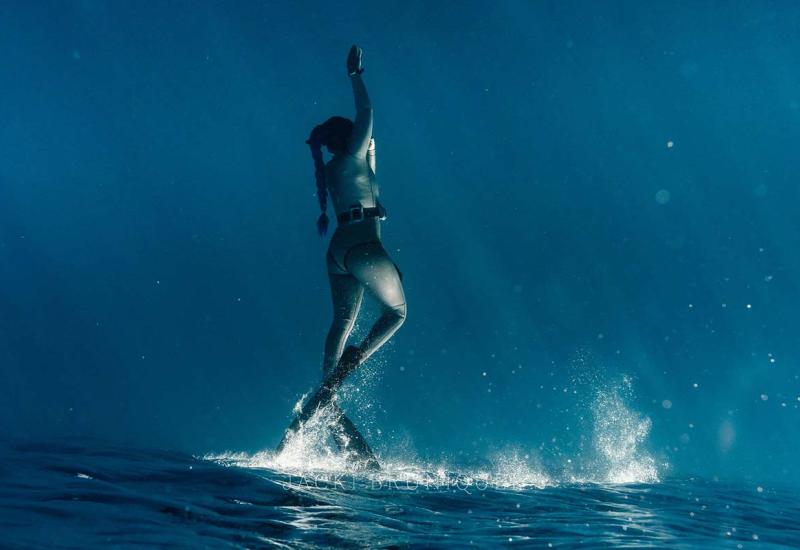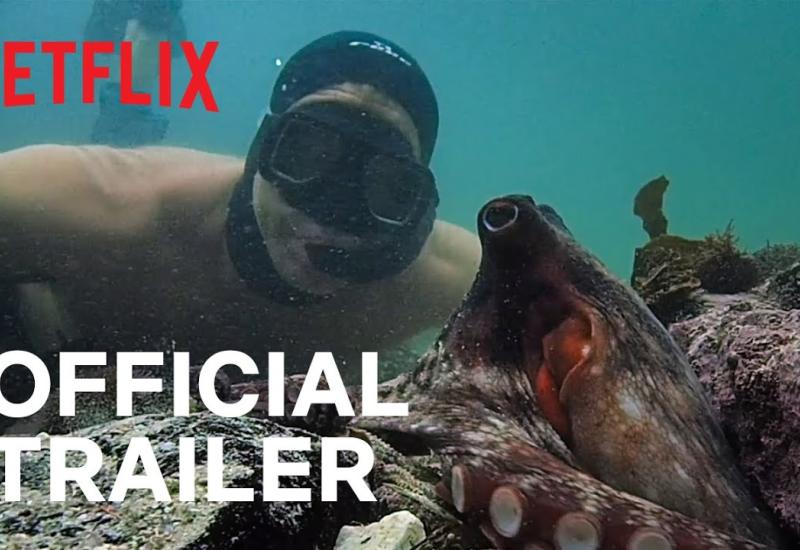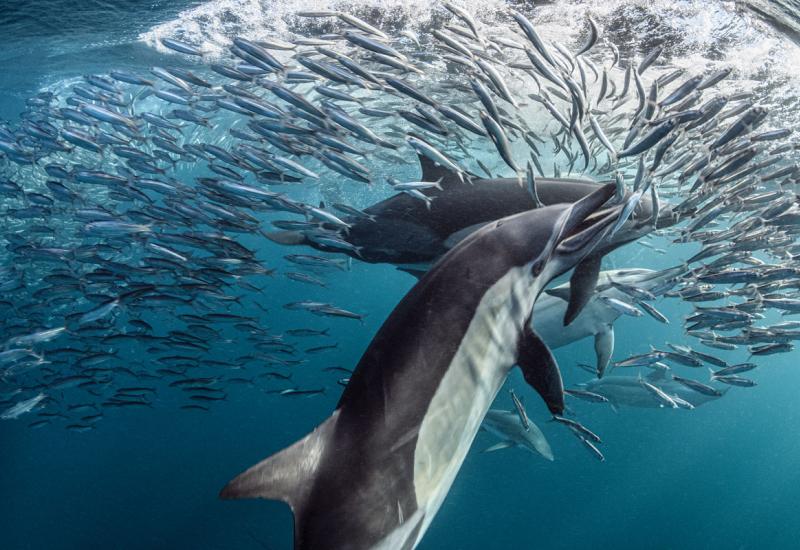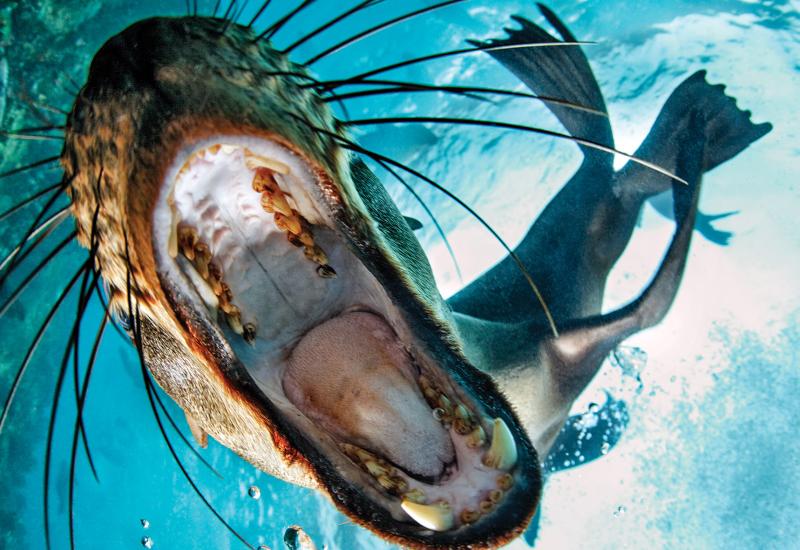Shark Diving for Science in South Africa's Kelp Forests
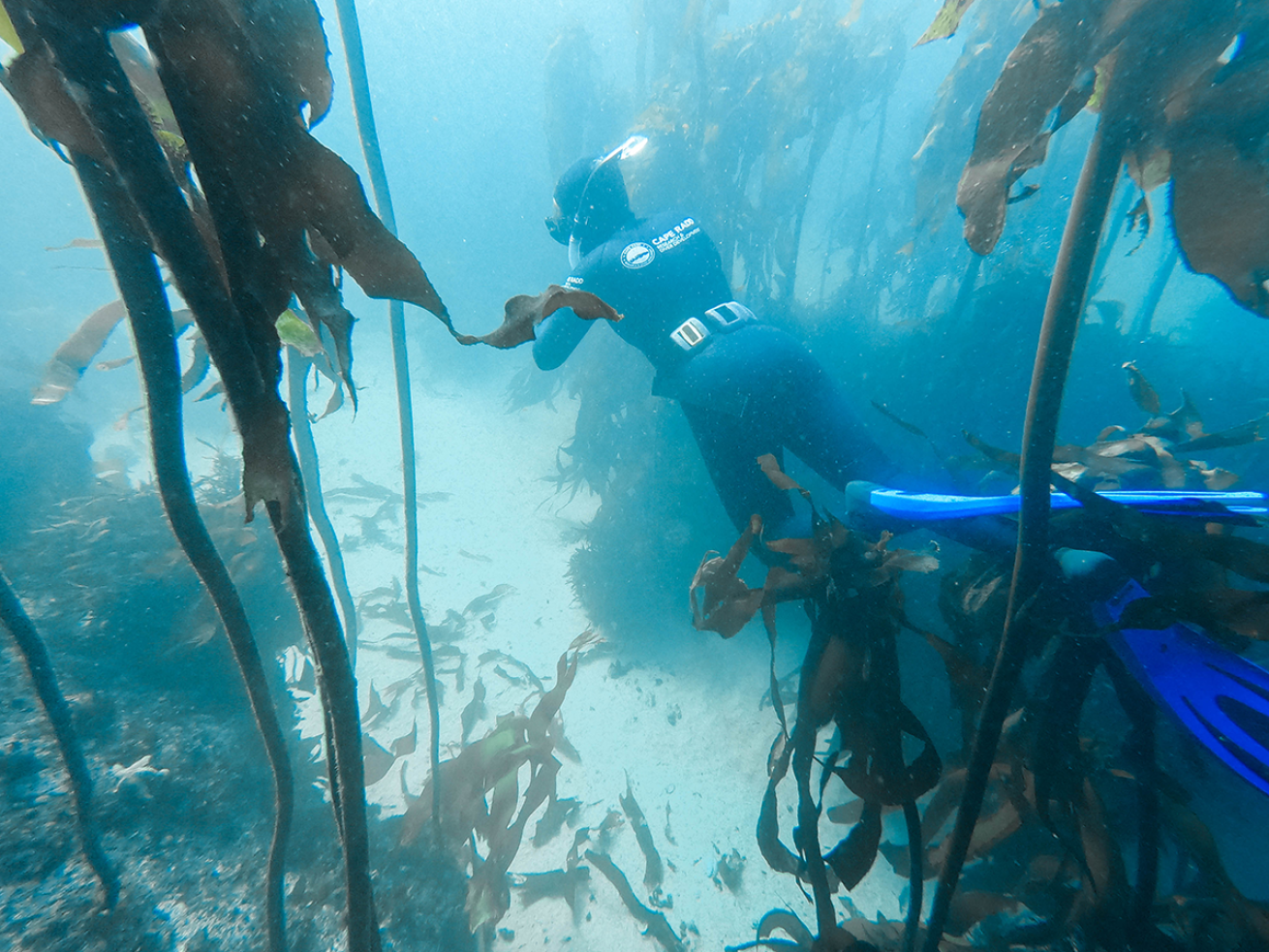
Cape RAADA freediver makes their way through the Great African Seaforest.
The winter air moves gently across my face as I stand in the Windmill Beach parking lot at the southern tip of Africa. I’m here with three other divers kitted up in scuba gear, ready to join Mike Barron from Cape Research and Diver Development (Cape RADD) on this shore-entry citizen science dive to survey the sharks of False Bay.
We make our way down a short sandy track, along a fence that borders a nine-hole links golf course and pass beneath a large gnarled tree onto the beach. As we wade into the Atlantic, the ocean’s 58-degree water fills my suits and lifts the weight of my tank. After a short surface swim to an egg-shaped granite boulder protruding from the ocean, we descend into the gently swaying forests of giant bamboo kelp.
Our dive guide Barron is a research marine biologist, conservationist and scuba dive instructor. He founded the Cape RADD marine field station alongside marine scientist Dylan Irion in Simon’s Town, about 25 miles south of Cape Town. Both Barron and Irion spend most of their days in and around the Atlantic waters of False Bay. It’s here that Chris Fallows captured the first images of great white sharks breaching, attacking unsuspecting seals in a torpedo-like fashion and knocking them senseless before their feast. Barron focuses on shark species notably smaller than the region's famous great whites: Puffadder shysharks, pajama sharks, dark shysharks (which curl into a ring and cover their eyes with their tails when they feel threatened) and leopard catsharks are among the small elasmobranchs found here in False Bay. Scant data has been collected on these less captivating shallow water sharks—a situation the team at Cape RADD has been working for five years to change.
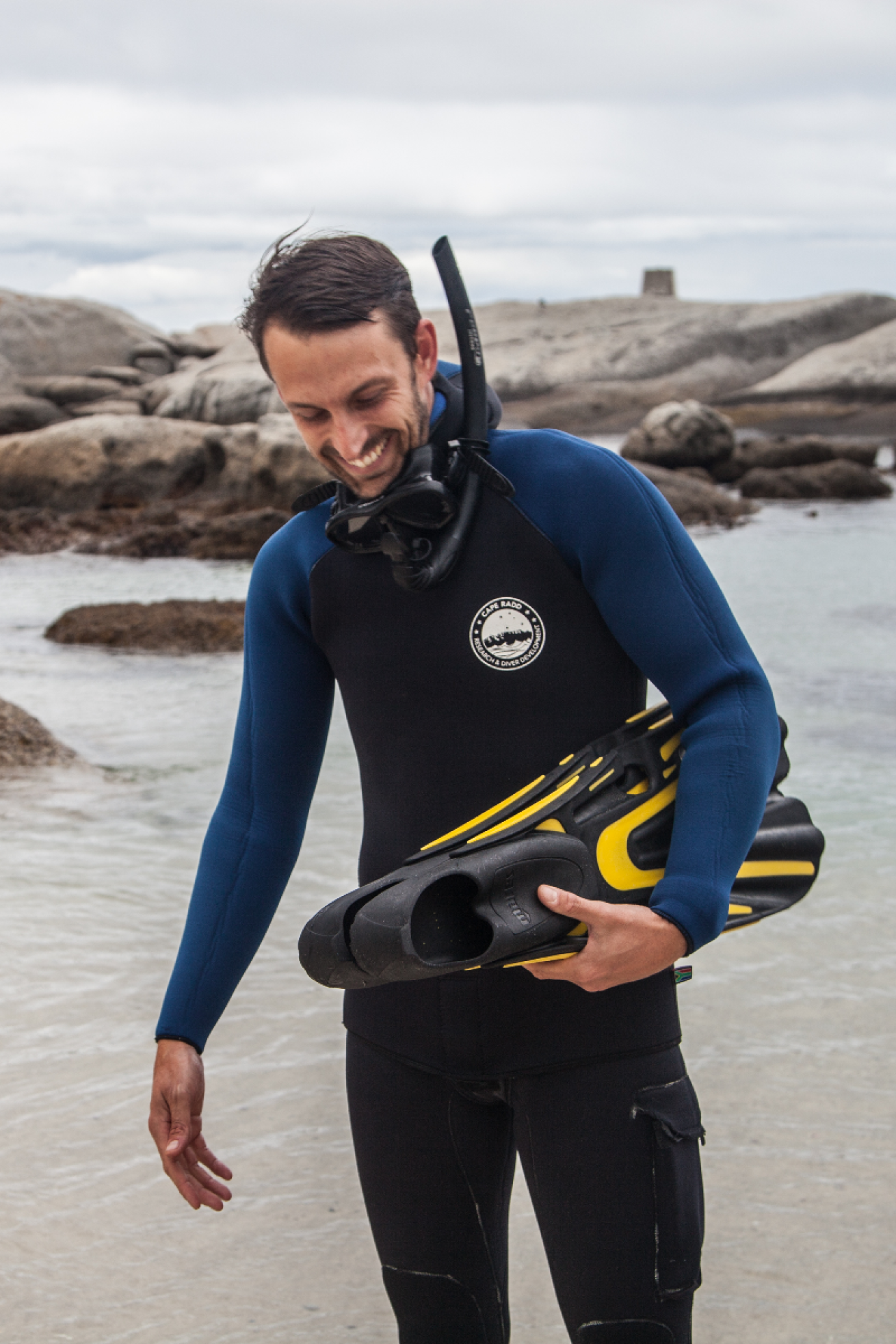
Courtesy ImageMike Barron
We fin through channels between the kelp, over a bed of anemones and rocks covered in muted orange and purple algae. A few zebrafish dart past and, soon after seeing a well-camouflaged klipvis retreating into a crevice, I spot a puffadder shyshark. It has the typical rounded snout, burnt orange saddle-like stripes and white speckles. I feel a little murmur of pride as I note it down on my waterproof slate. A few red romans and a small school of blacktail also make their appearance on the dive and we pass over a cluster of brittle stars that look as if they had been scattered as haphazardly as celebratory confetti.
We emerge from the water and share our discoveries animatedly with each other before heading back to the field station. Here Mike begins to upload our sightings to FinSpotter, Cape RADD’s database of shark encounters. The information gathered by citizen scientists, as well as full-time marine scientists, is also uploaded to an open source database and shared with the South African National Biodiversity Institute.
Along with running research projects and teaching data collection techniques to recreational scuba divers and snorkelers, Cape RADD provides in-field training to marine biology students.
After explaining some of what the students learn, Barron describes a survey dive that he did with three of these students in False Bay: “We could hear whales calling in the distance as we busied ourselves running a belt transect, recording invertebrate density. Suddenly, a huge shadow moved over us. I looked up to see a humpback whale hovering above, about five or six meters away, right on the fringe of visibility. I tried to get the attention of my students. They glanced at me briefly—as I flailed and expelled bubbles in what must have appeared to be a strange underwater dance—before turning back towards the quadrant and resuming their data recording. The whale retreated into the turbid water almost as instantaneously as it had appeared. The students missed the sighting, however, they can’t be faulted for the focus they employed during the survey.”
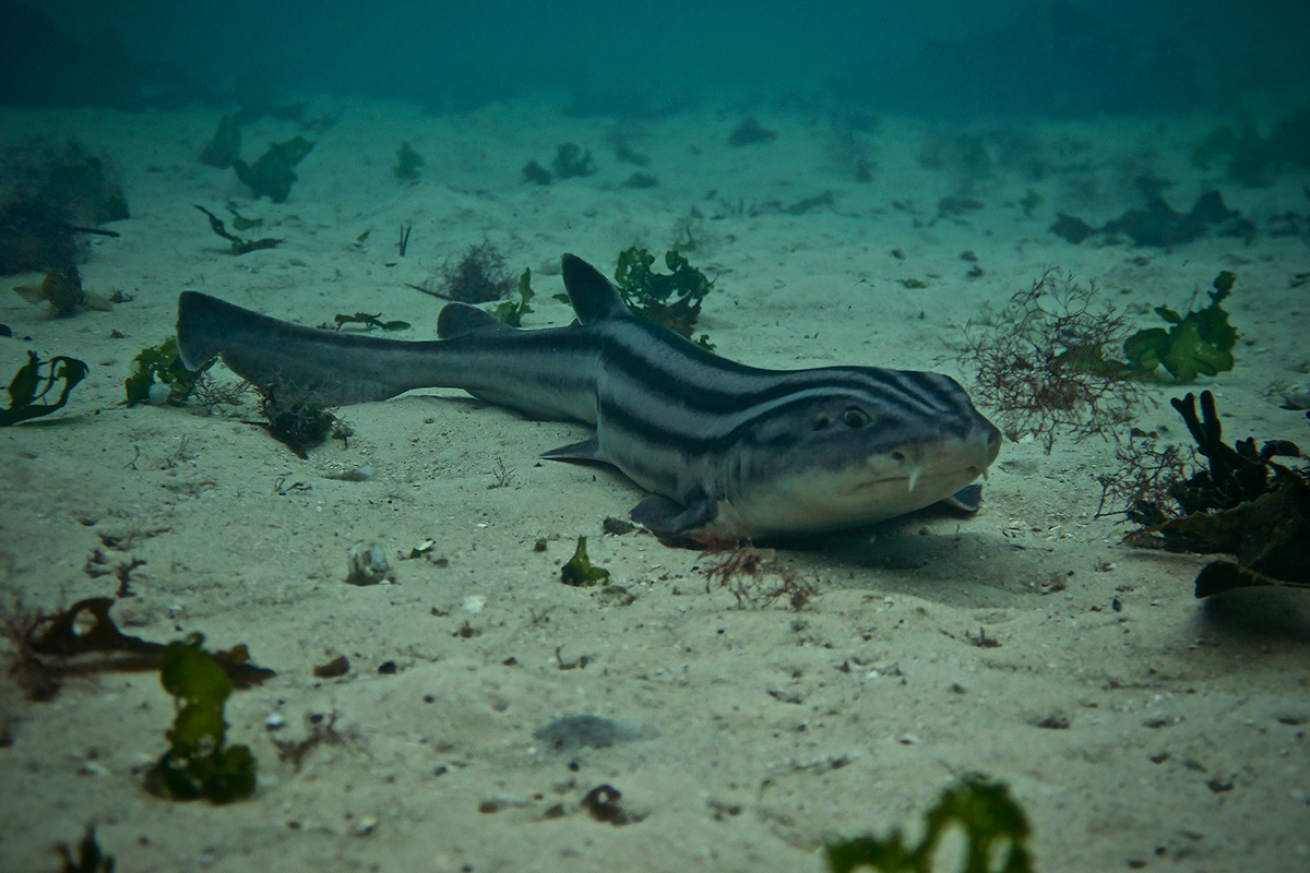
Cape RAADPajama catshark
International students come for an extended period during their summer holidays, but regular scuba divers, free divers and snorkelers that can’t commit to a full summer holiday can still contribute more than a single dive. “There’s also scope to become involved over a longer period and sign up for anything between two and four weeks of marine conservation training,” says Mike. The classes and workshops that Cape RADD offer include marine biology, various scientific research and data-collection methods, as well as diving and boat-based research—such as lowering baited remote-underwater-video stations (BRUVs) to measure biodiversity in certain areas.
As we say our goodbyes, I feel honored to have played a tiny part in helping Mike and Ian gather the information that in time can be used by local fisheries and marine protection organizations to make informed decisions to help protect the biodiversity here. While it’s a far cry from tropical seas and startlingly colored fish, the muted tones, cool water and unique creatures found among the Great African Seaforest have a magnetic pull. I know I’ll be back again soon.

